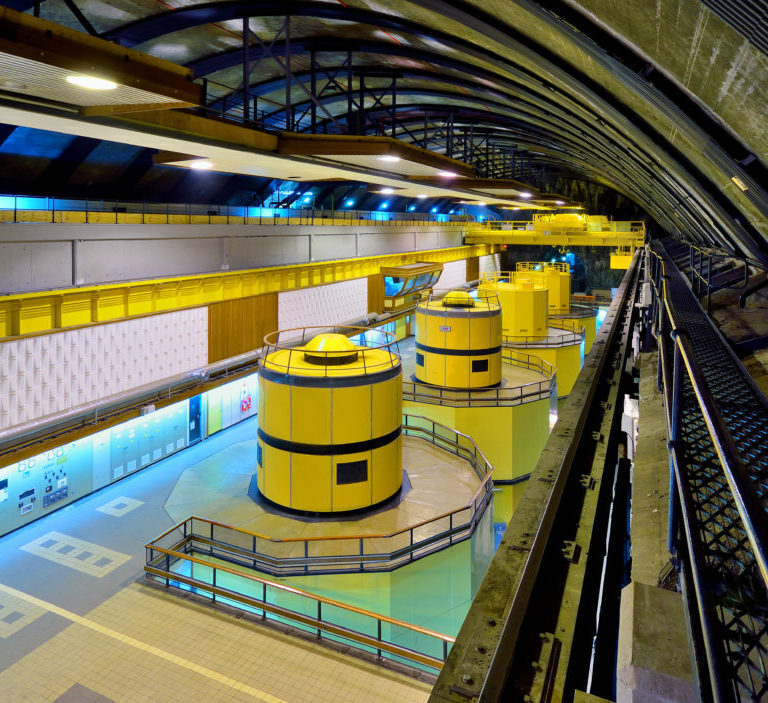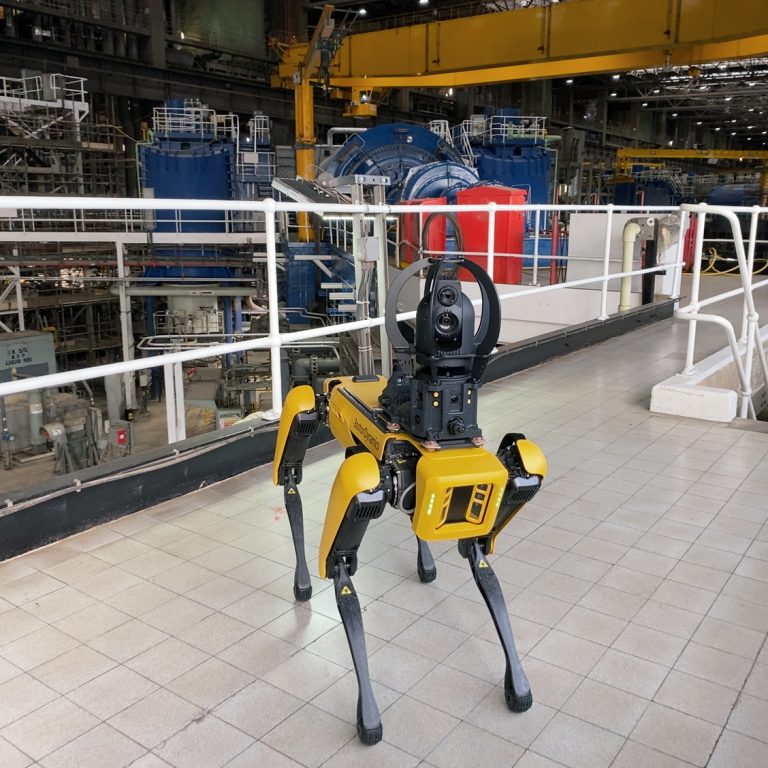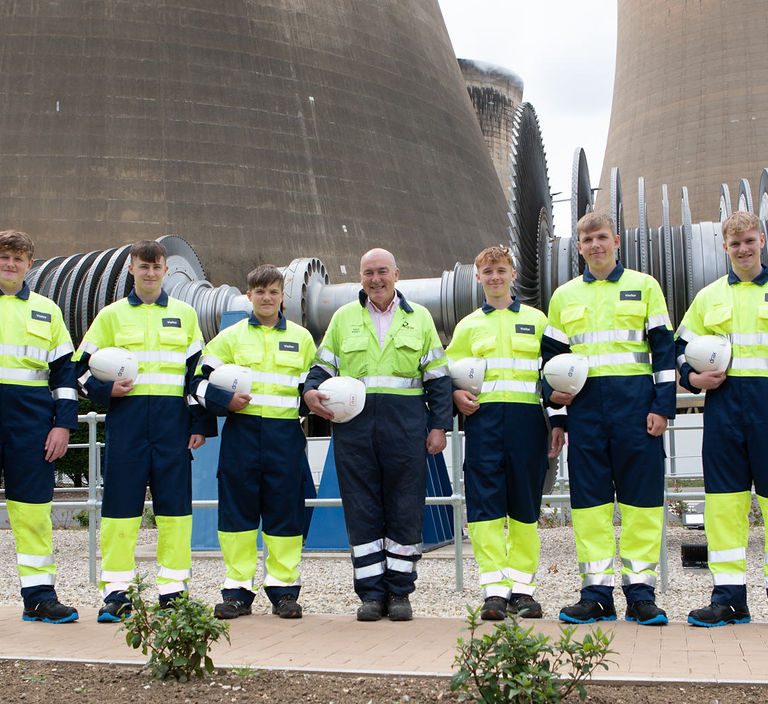Bees buzz and heat haze fizzes on the tarmac. It’s summer, and since the days are warm and long, demand for electricity sinks as lights are left off and life is lived outdoors.
Electricity demand is lower, so the assumption would be that activity at the UK’s power stations is minimal. The reality however, is far different.
Instead, the fall in demand is an opportunity to perform crucial maintenance work – to upgrade and extend the life of power stations across the world.
In many ways, summer in the station is the busiest time of the year.
Slowing the beating heart of the country
To get up close and personal with the equipment and carry out major repairs, large sections of the power station need to come offline – this is a procedure called an outage. At Drax Power Station there are six units, which together supply around 7-8% of the UK’s supply. Taking one offline is a big project, but a necessary one.
“Many years ago we use to do a mixture of major and minor outages but we have reconfigured the outage cycle, so all we do now are major outages. Now, we run a schedule where each unit has an outage every four years,” says Andrew Squires, Outage Manager at Drax.
This year each of our six units have come offline – five outages have already been completed and one is set to be back in service at the beginning of November. With two of these being major outages and the other four taken off the system for essential high pressure (HP) Turbine module repair works.
To ensure this all operates smoothly, planning starts early. The process starts a minimum of a year in advance, during which time scoping, planning, parts and materials are ordered for the outage. It’s a necessary advance, given the challenging timescales, projects and numbers of people that are needed to carry out the work required.
Calling in the helping hands
Drax drafts in engineering contractors in large numbers to carry out the huge scale of work required to shut down and maintain units at the power station. 2016 was a particularly busy year – at peak points 3,500 people were on site carrying out the work. “It’s a number we’ve never seen previously,” Squires says.
Main projects delivered during the outage timescale in 2016 include changing the Generator Stator core, Generator Transformer, Oil Burner system and HP Turbine module. The Main Steam pipework replacement being the largest of all, this pipework runs from the Boiler to the Turbine and is the first time this had been done in the lifetime of the plant. Now complete, this is set to last the life of the station.
Industry pioneers
Drax uses compressed wood pellets in three of its six units and this pioneering step brings implications for how they’re maintained. In the industry it’s a whole new challenge for which Drax engineers are still writing the rulebook. “We’re understanding the engineering implications of using biomass in our boilers, and developing strategies for maintenance,” says Squires.
As Europe’s largest decarbonisation project, maintaining and consistently learning comes with the territory. It’s just another challenge for the team to tackle during summer in the station and beyond.


















